Sandra Zimmer
Causal statistical modeling and calculation of distribution functions of classification features
Dec 19, 2019



Abstract:Statistical system models provide the basis for the examination of various sorts of distributions. Classification distributions are a very common and versatile form of statistics in e.g. real economic, social, and IT systems. The statistical distributions of classification features can be applied in determining the a priori probabilities in Bayesian networks. We investigate a statistical model of classification distributions based on finding the critical point of a specialized form of entropy. A distribution function for classification features is derived, with the two parameters $n_0$, minimal class, and $\bar{N}$, average number of classes. Efficient algorithms for the computation of the class probabilities and the approximation of real frequency distributions are developed and applied to examples from different domains. The method is compared to established distributions like Zipf's law. The majority of examples can be approximated with a sufficient quality ($3-5\%$).
Method for the semantic indexing of concept hierarchies, uniform representation, use of relational database systems and generic and case-based reasoning
Oct 03, 2019
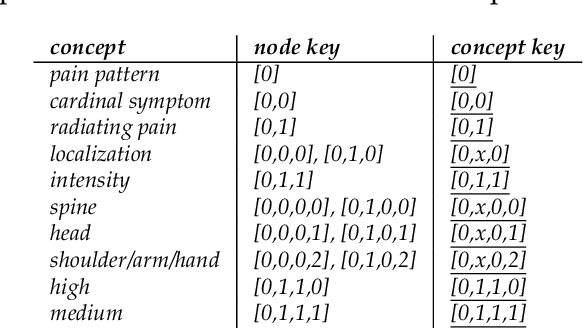

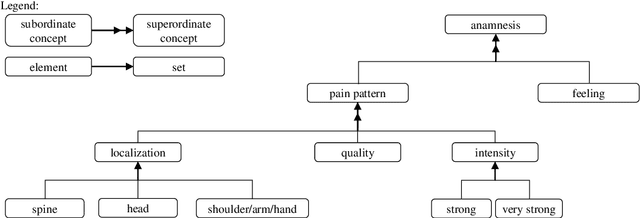
Abstract:This paper presents a method for semantic indexing and describes its application in the field of knowledge representation. Starting point of the semantic indexing is the knowledge represented by concept hierarchies. The goal is to assign keys to nodes (concepts) that are hierarchically ordered and syntactically and semantically correct. With the indexing algorithm, keys are computed such that concepts are partially unifiable with all more specific concepts and only semantically correct concepts are allowed to be added. The keys represent terminological relationships. Correctness and completeness of the underlying indexing algorithm are proven. The use of classical relational databases for the storage of instances is described. Because of the uniform representation, inference can be done using case-based reasoning and generic problem solving methods.
Knowledge representation and diagnostic inference using Bayesian networks in the medical discourse
Sep 18, 2019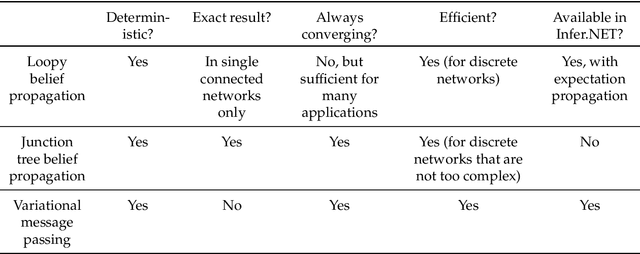
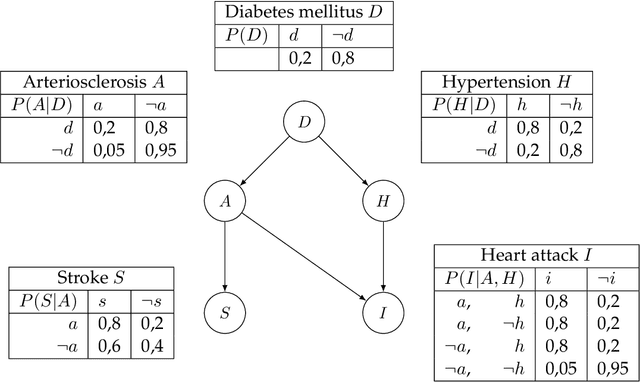

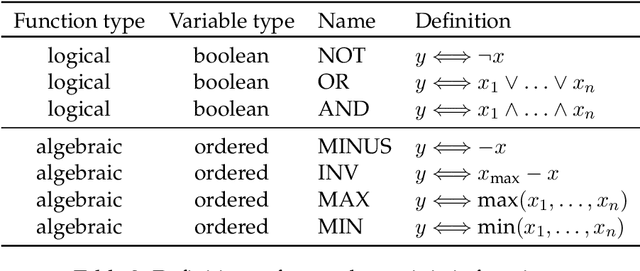
Abstract:For the diagnostic inference under uncertainty Bayesian networks are investigated. The method is based on an adequate uniform representation of the necessary knowledge. This includes both generic and experience-based specific knowledge, which is stored in a knowledge base. For knowledge processing, a combination of the problem-solving methods of concept-based and case-based reasoning is used. Concept-based reasoning is used for the diagnosis, therapy and medication recommendation and evaluation of generic knowledge. Exceptions in the form of specific patient cases are processed by case-based reasoning. In addition, the use of Bayesian networks allows to deal with uncertainty, fuzziness and incompleteness. Thus, the valid general concepts can be issued according to their probability. To this end, various inference mechanisms are introduced and subsequently evaluated within the context of a developed prototype. Tests are employed to assess the classification of diagnoses by the network.
 Add to Chrome
Add to Chrome Add to Firefox
Add to Firefox Add to Edge
Add to Edge